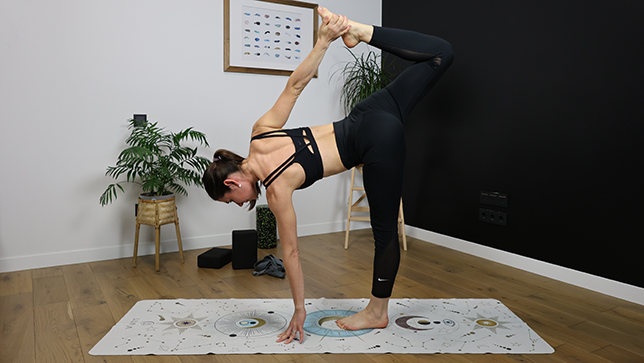
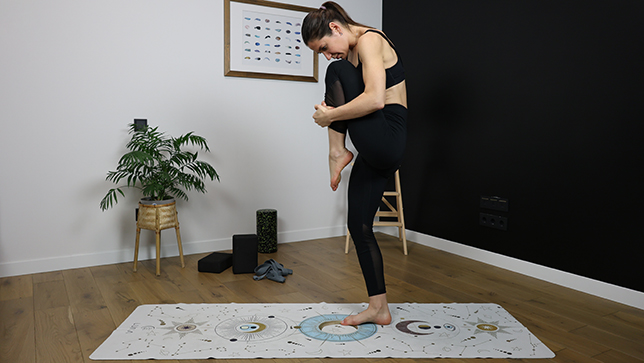
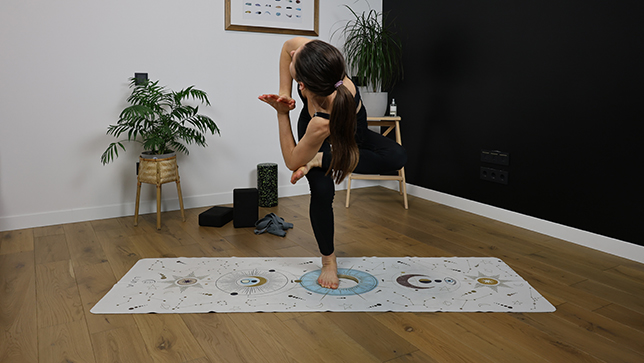
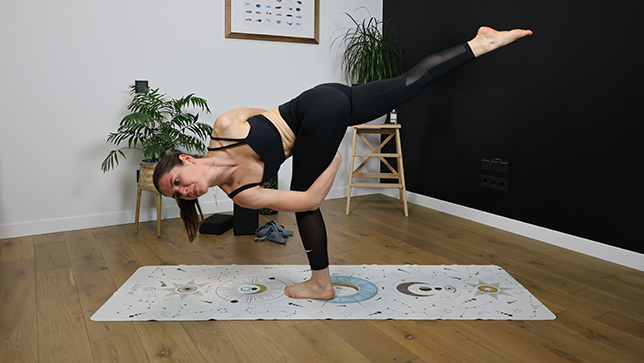
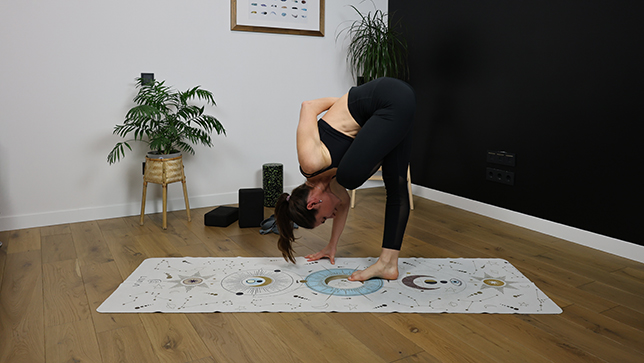
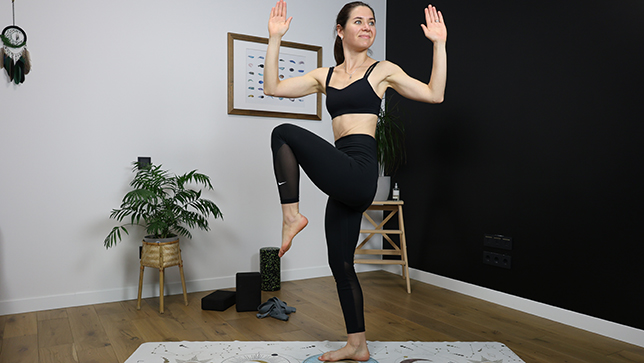
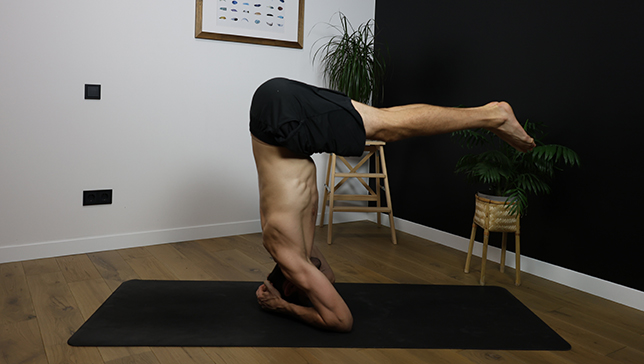
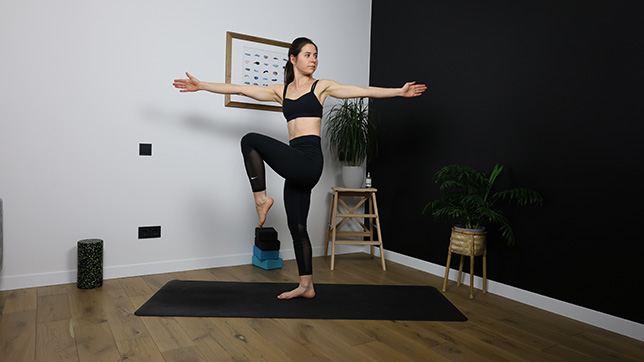
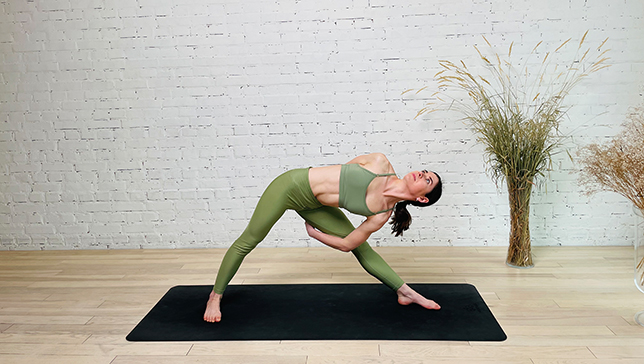
We use cookies to help you navigate efficiently and perform certain functions. You will find detailed information about all cookies under each consent category below.
The cookies that are categorized as "Necessary" are stored on your browser as they are essential for enabling the basic functionalities of the site. ...
Necessary cookies are required to enable the basic features of this site, such as providing secure log-in or adjusting your consent preferences. These cookies do not store any personally identifiable data.
Functional cookies help perform certain functionalities like sharing the content of the website on social media platforms, collecting feedback, and other third-party features.
Analytical cookies are used to understand how visitors interact with the website. These cookies help provide information on metrics such as the number of visitors, bounce rate, traffic source, etc.
Performance cookies are used to understand and analyze the key performance indexes of the website which helps in delivering a better user experience for the visitors.
Advertisement cookies are used to provide visitors with customized advertisements based on the pages you visited previously and to analyze the effectiveness of the ad campaigns.
Standing yoga poses are a collection of postures practiced while maintaining an upright stance on your feet. These poses hold a crucial role in many yoga sequences, offering a multitude of physical, mental, and energetic advantages. By engaging in standing poses, practitioners can enhance their strength, balance, flexibility, and overall stability. Depending on the specific sequence and desired focus, these poses may vary between dynamic, flowing movements and static, held positions.









The level of difficulty in standing yoga poses can vary based on individual factors like fitness level, flexibility, and prior yoga experience. While some practitioners find standing poses easy and intuitive, others may encounter challenges, particularly at the beginning of their yoga journey.
For beginners, standing poses serve as foundational building blocks, enhancing strength, balance, and body awareness. As practitioners advance and explore more intricate variations, certain standing poses may demand increased flexibility, strength, and mental concentration.
If you are new to yoga or face difficulties with certain standing poses, start with beginner-friendly alternatives and seek guidance from a certified yoga instructor. They can offer personalized modifications and encouragement, ensuring your safety and efficacy in progressing on your yoga journey.
The main difference between standing poses and seated poses in yoga lies in the position of the body during the practice. Here’s an overview of the distinctions between the two:
Standing Poses:
Seated Poses:
Both standing and seated poses offer unique benefits and play essential roles in a well-rounded yoga practice. Standing poses focus more on strength, balance, and grounding, while seated poses emphasize flexibility, openness, and inner reflection. Combining both types of poses in a yoga sequence can create a balanced practice that addresses various aspects of the body and mind.
Strengthens legs, hips, and core.
Improves balance and coordination.
Increases flexibility in hips and hamstrings.
Enhances body awareness and alignment.
Encourages mindfulness and focus.
Recent or chronic knee, hip, or ankle injuries.
High blood pressure (avoid holding inverted poses).
Vertigo or balance disorders.
Pregnancy (modifications may be needed).
Recent abdominal surgery (avoid deep twists).